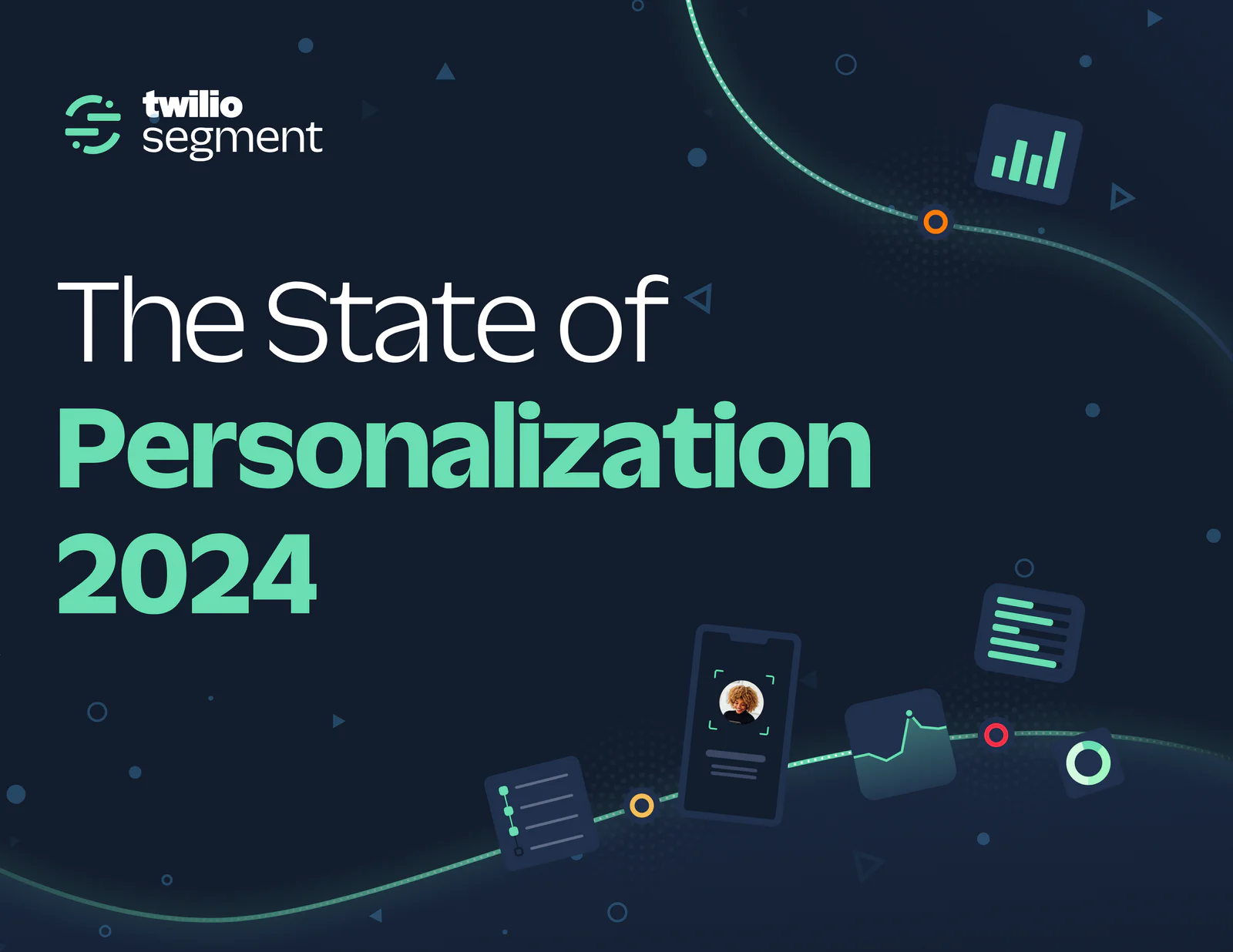The evolution of data infrastructure
A few years ago, teams relied on batch processing and manual exports. Now, serverless technology and real-time processing makes data available instantly. Companies using tools like Twilio Segment, Snowflake, BigQuery and Looker are moving towards a single source of truth and are actively eliminating silos.
Cloud-based systems now means instant data access without managing servers. This means marketers can analyse customer behaviour in real-time, improving personalisation and engagement.
Transactional databases (used for daily operations) and analytical databases (for reporting) are merging. Unified data platforms allow teams to act faster and reduce duplication.
Modern integrations remove bottlenecks. Marketers no longer need SQL skills to access customer insights. Tools like Segment and Snowflake bridge the gap, making data available without technical dependencies.
Not every organisation is there yet. Many are still dealing with fragmented data sources and legacy systems. The key? Invest in tools that prioritise real-time access and flexibility.
Building trust through data quality and observability
Without accurate, reliable data, even the best tools are useless. Organisations need to ensure their data is clean, consistent and error free. Gartner estimates poor data quality costs businesses millions annually and the impact is felt across decision making, customer engagement and operational efficiency.
Data validation at every stage is essential
Real-time checks and pipeline observability prevents bad data from getting in.
Data governance is key
Clearly defined rules around data access, security and ownership prevents silos and inconsistencies.
Education matters
Teams must understand the importance of data hygiene, standardised input formats and reduce manual errors.
Companies leading in data culture have proactive monitoring and anomaly detection, they can catch and fix issues before they impact business outcomes.
Breaking silos with identity resolution and unified customer data
One of the biggest challenges companies face is fragmented customer data. There are many touchpoints: web, mobile, CRM and offline interactions, all generating valuable insights but without a way to unify these sources, teams miss the bigger picture.
Customer Data Platforms (CDPs) as a single source of truth
By centralising customer interactions, CDPs allow businesses to create rich, unified customer profiles.
Identity resolution to link customer behaviour across channels
Stitching together disparate data points allows businesses to recognise customers whether they interact on mobile, desktop or in-store.
Data-driven personalisation strategies
Once a company has a complete view of its customers, it can tailor experiences to drive engagement and conversions.
Companies that break down silos and unify customer data see better retention, more effective marketing campaigns and stronger long-term relationships.
AI-powered personalisation
With high quality data and unified customer profiles, the next step is to leverage AI for personalisation at scale. Customers expect relevant, real-time interactions and AI is the key to delivering them.
Predictive analytics for hyper-personalisation
AI models can anticipate customer needs and optimise engagement.
Automated decision-making
AI-driven insights power everything from personalised product recommendations to dynamic pricing.
Real-time customer interactions
AI-powered CDPs allow businesses to trigger personalised experiences at the right moment, whether it’s offering a discount or tailoring content.
But AI implementation must be strategic. Businesses need a clear AI strategy aligned to their objectives and ensure ethical data usage and privacy protection.
So how do you build a strong data culture
Building a data-driven organisation isn’t just about technology, it’s about mindset and execution.
Organisation and structuring for data accessibility
Centralise data management to ensure consistency.
Adopt a hybrid analytics model that serves marketing, sales and product teams.
Encourage collaboration between technical and business stakeholders.
Technology and choosing the right stack
Use scalable tools like Segment, Looker, and Snowflake and other data warehouses.
Enable self-serve analytics so marketers can pull data without waiting on engineers.
Standardise data definitions to ensure teams work from the same source of truth.
Process and creating a data-first mindset
Implement agile workflows, such as two-week data sprints.
Schedule cross-team syncs to align on data needs and priorities.
Encourage experimentation and iteration based on real insights.
Partnerships and driving adoption across teams
Train teams through workshops and onboarding programs.
Create documentation and dashboards that make data easy to understand.
Share wins and highlight how data-driven decisions have driven real results.


